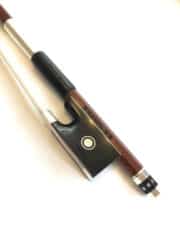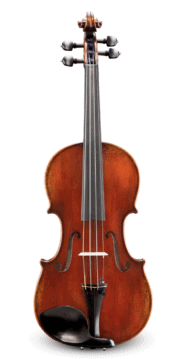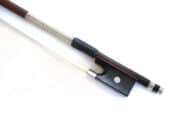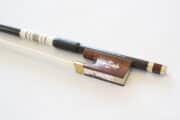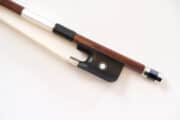Taking proper care of your instrument is beneficial in so many ways. The most obvious reason is that you will maintain the quality of your instrument, and it will continue to project a great tone. Not to mention, you’ll be taking less trips to the repair shop! (Maybe we shouldn’t divulge this information after all…hm…)
Many people do not realize that extreme temperatures can damage an instrument. This is because a change in weather comes with a change in humidity levels. Too much humidity or even too little humidity can do some scary things to our beloved strings!
Here, in New Orleans, the biggest problem is our extreme heat! “Humidity, usually accompanied by heat, can soften the glue and the wood itself, causing the neck to drop, the sides to open, and the old repairs to give way under the constant tension exerted on the instrument.” (McKean 24) It can also melt the varnish on your instrument, as well as warp the shape of a bow. However, the cold, as brief as our winters may be, can cause harm to the instrument as well. “(dryness)… can cause cracks to develop as the wood shrinks, particularly on the top.” (McKean 24)
Here are some tips for creating the best environment for your instrument to thrive in!
For measuring humidity:
- Hygrometer
- An instrument for measuring the humidity of the air or a gas
-
Some cases come with one built-in, but you can also purchase a small one separately
-
“Ideal humidity for string instruments is around 55%; anything below 40% may be cause for concern.” (Knilling 26).
For hot and humid weather (McKean 24):
- Air conditioning will reduce the level of humidity
- Dehumidifier
- For violin or viola – arch protector
- Wedge of cardboard made to fit between the underside of the fingerboard and the top of the instrument to take the strain off the instrument when you are not playing it
- For cello – different bridges
- Different bridges of different heights can accommodate for the inevitable rise and fall of the neck with the weather
- “… if the seasonal difference is more than 5mm, it could indicate structural problems in the neck, the upper block, or the top.”
For cold and dry weather (Knilling 24):
- Humidifiers are advised in rooms where instruments are stored
- Individual humidifiers
- Such as a Dampit (McKean 24-25)
- “A Dampit is merely a long sponge enclosed in a protective tube, suspended in the body of the instrument through the f-hole. Many musicians use 2.”
- “…only work if they are damp! They will dry out quickly, so you’ll have to rewet them at least once a day.”
- Must be properly and consistently used
- Make sure to wipe off any excess moisture before inserting into the f-hole
- Moisture dripping down the inside of the instrument can cause regrettable damage
- Such as a Dampit (McKean 24-25)
Sources:
Knilling. Knilling String Refernce Guide. St. Louis: Knilling String Instruments, 1996. Print.
McKean, James N. Commonsense Instrument Care: How to Look After Your Violin, Viola, or Cello, and Bow. San Anselmo: String Letter Publishing, 1996. Print.
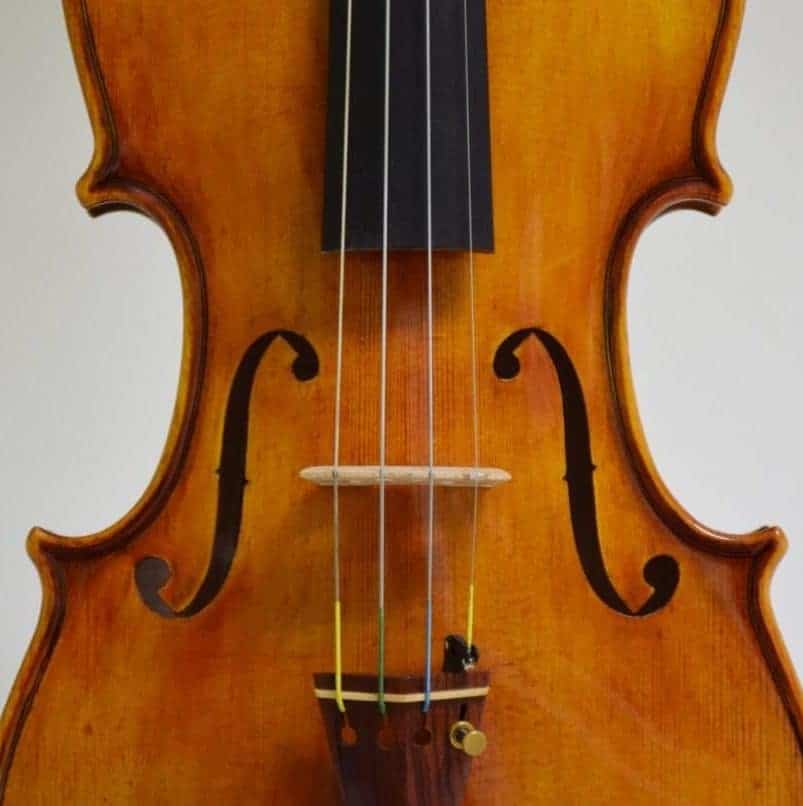 Visit our online store for great finds!
Visit our online store for great finds!